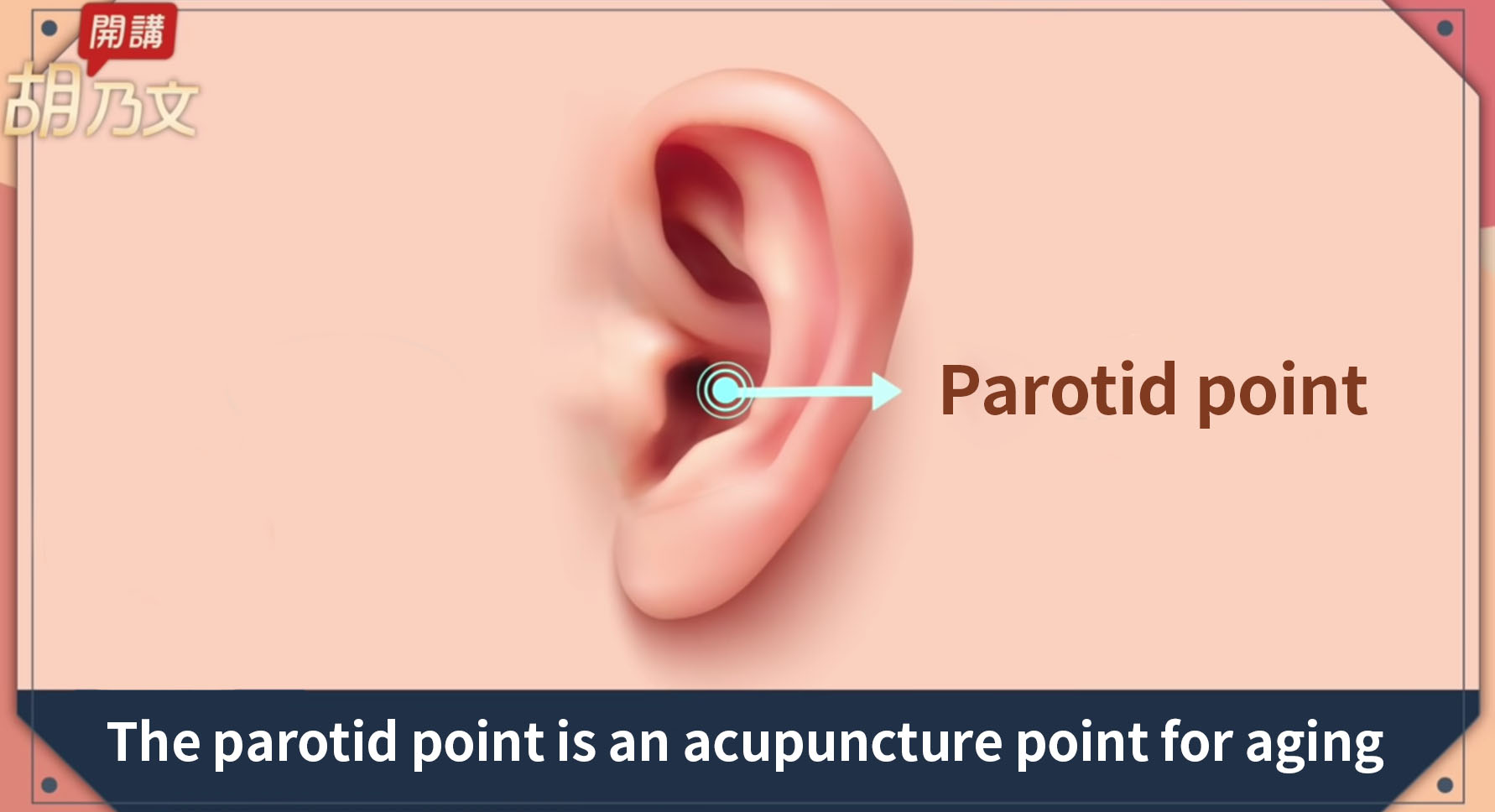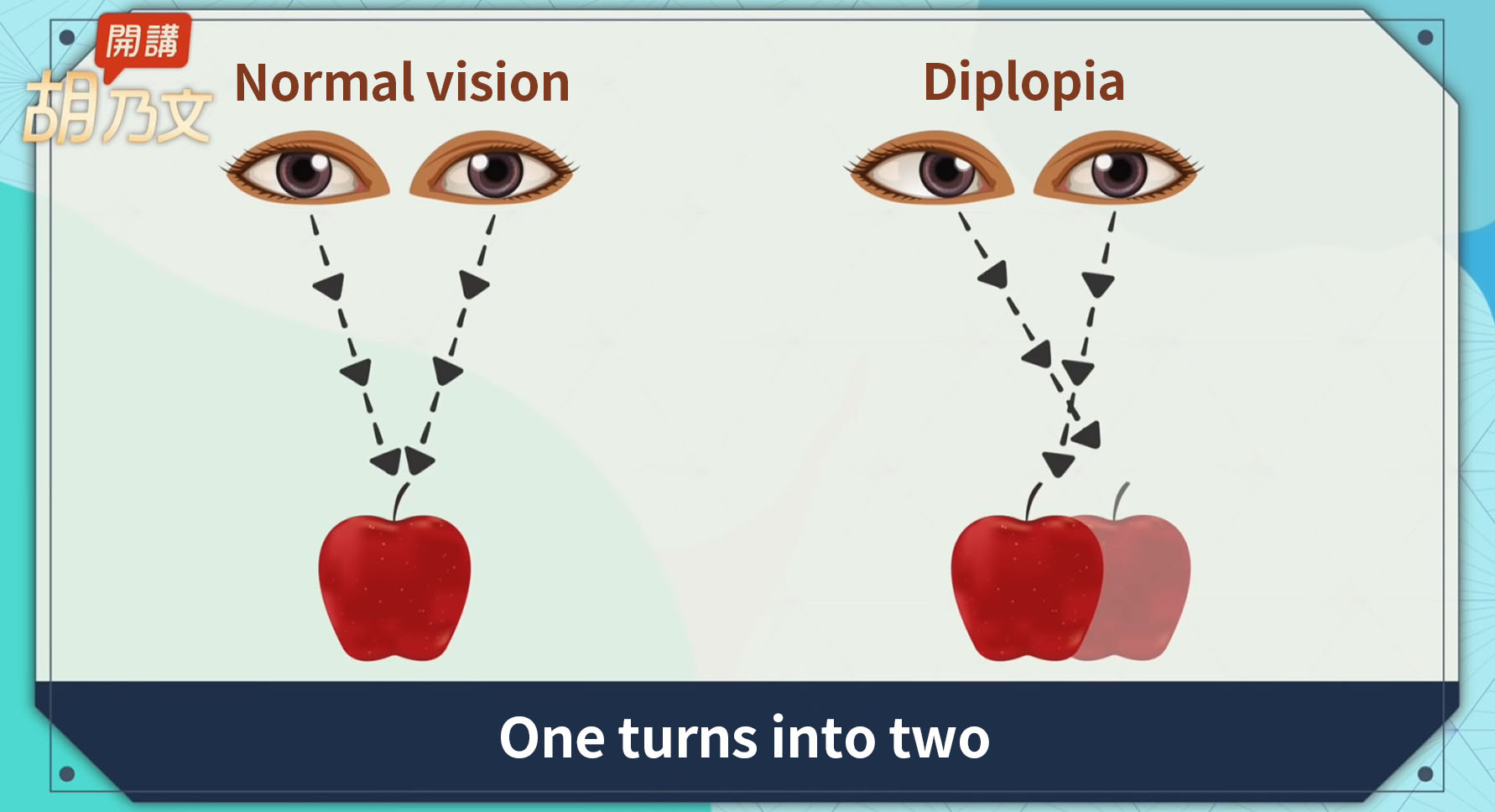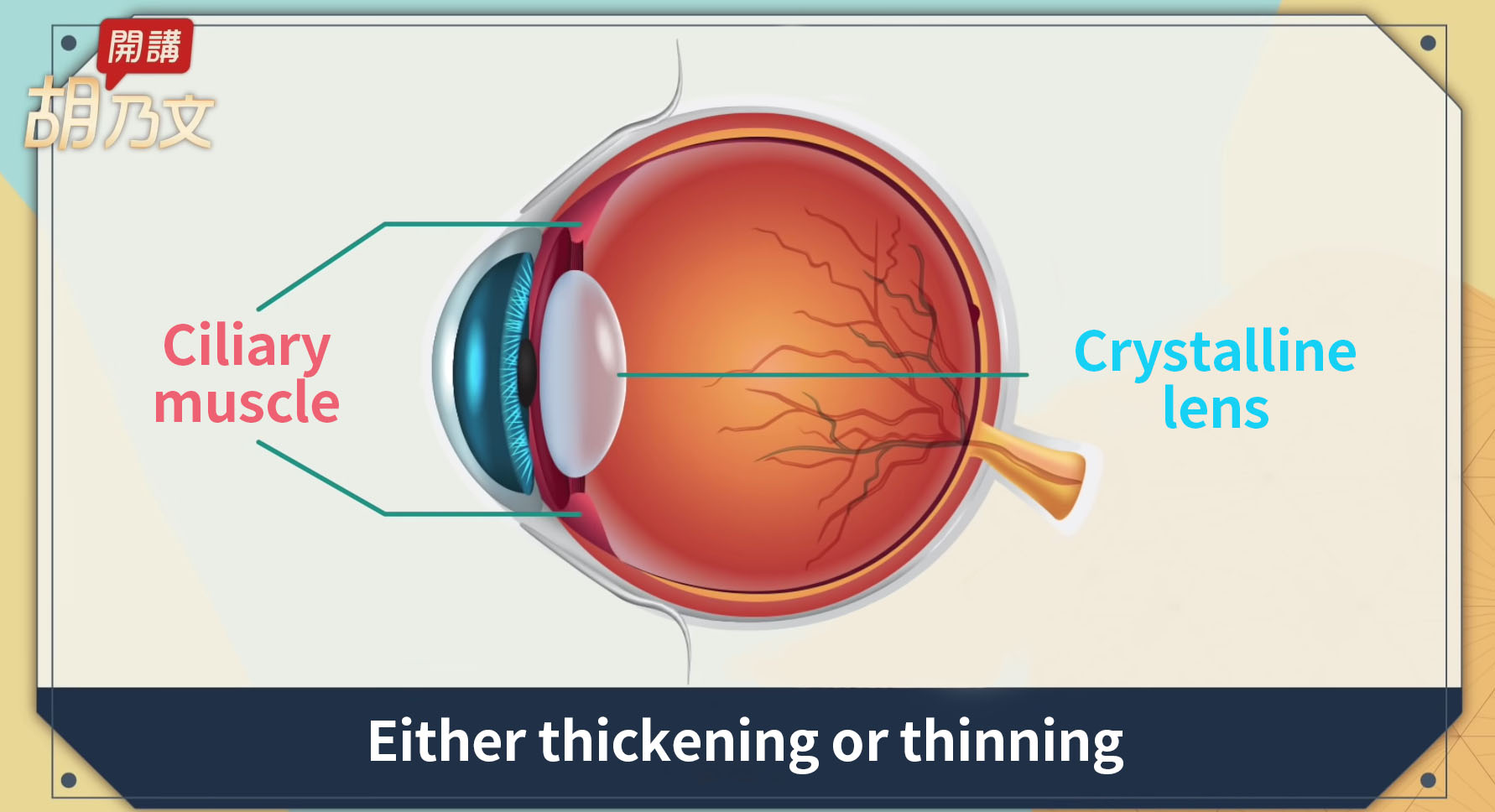Presbyopia and diplopia are no longer just prevalent in the elderly. With the spread of electronic equipment, eye damage increasingly common among young people.
Since the eyes are the windows to the soul, it is essential to take measures to protect them and slow aging. Fortunately, Traditional Chinese Medicine (TCM) offers a simple and effective way to achieve this goal.
Introduced by Dr. Hu Naiwen, a well-known traditional Chinese medicine doctor in Taiwan on his youtube show Eye training exercises that help prevent and correct presbyopia by moving your eyes regularly while reading or browsing the internet.
a study Published in Progress in Retinal and Eye Research in 2019, it notes that presbyopia is a condition that affects more than one billion people worldwide. The study also revealed that he 34% of individuals over the age of 50 have untreated presbyopia, even in developed countries.
presbyopiais a common eye condition that usually appears around the age of 45, gradually worsens, and eventually levels off after age 65. The underlying cause of the disease is part of the natural aging process, which causes the lens of the eye to harden and lose its elasticity, resulting in the retina (the light-sensitive tissue layer at the back of the eye). cannot focus light precisely on As a result, people with presbyopia find it difficult to see nearby objects.
The crystalline lens in the eye is important for focusing on objects. Outside the lens, there are ciliary muscles that change the shape of the lens. When contracted, the ciliary muscles thicken the lens, allowing you to see nearby objects clearly.
Conversely, when you relax, the lenses become thinner, allowing you to see distant objects. However, in older people, the ciliary muscle becomes less elastic, less able to contract, and eventually less able to see near objects.
Eye muscles work together in a coordinated way to perform different functions. Some muscles control eye movements, others regulate the iris. The transverse muscle facilitates blinking and is consciously controlled, while the ciliary muscle is involuntary and controls the shape of the lens. The ciliary muscle cannot be controlled by the mind, but can be strengthened by certain exercises, including looking at distant and near objects.
Hu recommends three effective training exercises to strengthen the ciliary body and associated eye muscles.
Exercise 1: Focusing on distant and near objects alternately
Hold a pen or similar object in front of your eyes and, keeping your eyes focused on the pen, extend and pull the arm holding the pen toward you so that you can fully train your ciliary muscles. Repeat this for a while.
Exercise 2: Keep Your Eyes on the Ball
If you deliberately keep your eyes on the ball while watching a soccer, badminton, or baseball game, your eyes will focus far away, then near. This is a very effective way of training the ciliary muscles.
Exercise 3: Blink hard and repeat
Many eye muscles are coordinated, and exercising the blink and eye rotation muscles will make them stronger. Repeated blinking causes the muscles on the outside of the eyelid to contract. This exercise changes the pressure in your eyes and makes your muscles stronger.
Acupuncture point massage to correct presbyopia
Acupressure can also be used to treat presbyopia in Traditional Chinese Medicine (TCM). Regularly massaging the ear parotid acupoints can help slow aging and correct presbyopia. The parotid acupoint is located just behind the ear canal.



Hu also recommends a prescription called “Di Chi Wan” to help treat presbyopia. This formula combines equal amounts of his four herbs, Dough Huang, Chinese Asparagus, Unripe Citron, and Chrysanthemum, pilled with honey. Hu also suggests a simpler alternative of making tea using 5 grams of each herb.
Eye movements that correct double vision
Eye muscle problems can cause double vision, also known as double vision. In double vision, an object appears as two different images. This condition is further divided into two types: monocular double vision and binocular double vision. Up-down diplopia is called vertical diplopia, and left-right diplopia is called horizontal diplopia. These classifications indicate that the muscles responsible for eye rotation may not be functioning properly.



Improving the double vision situation can be achieved through eye movements. As a specific training method, place the pen or index finger in front of you and move it in a circular pattern, back and forth, left and right, while looking at the object.
This exercise helps retrain your eye muscles and improve coordination. This is beneficial if the eye muscles are spasmed or overly relaxed. Doing these retraining can greatly reduce the chances of experiencing double vision.
*Some of the herbs introduced in this article may be unfamiliar, but they are commonly sold in Asian supermarkets.
Note: Since each person’s constitution is different, it is recommended to consult a doctor or TCM specialist.


